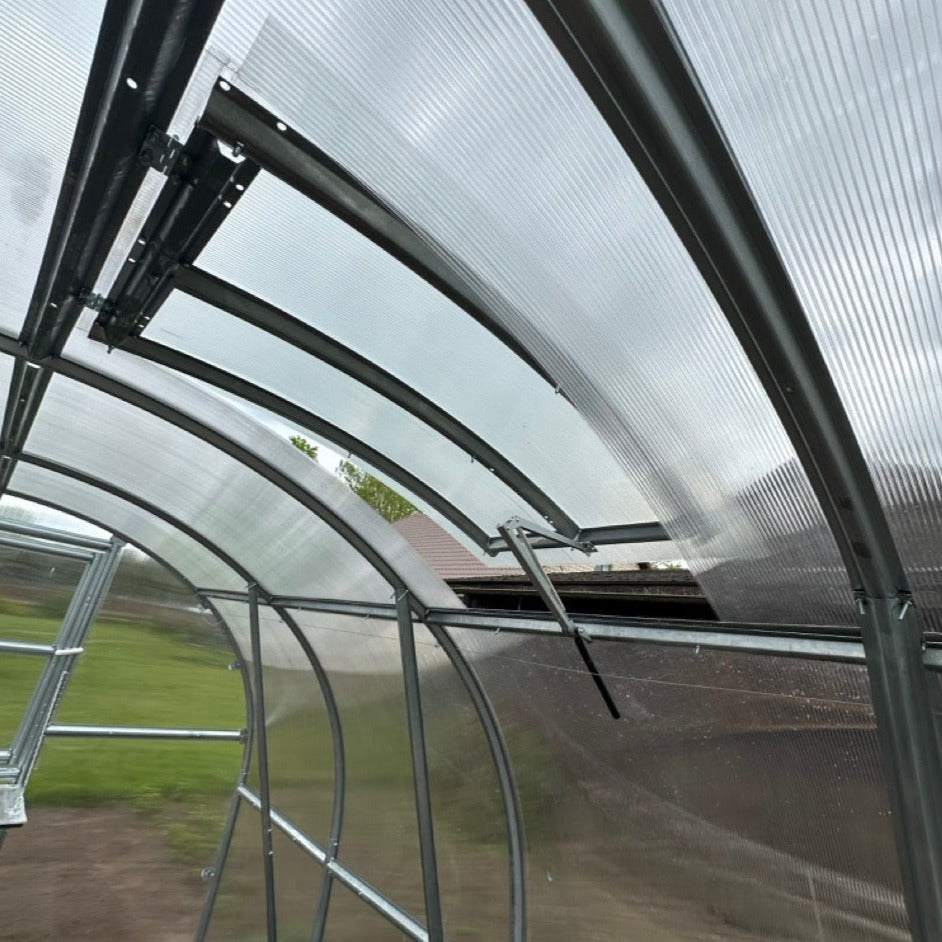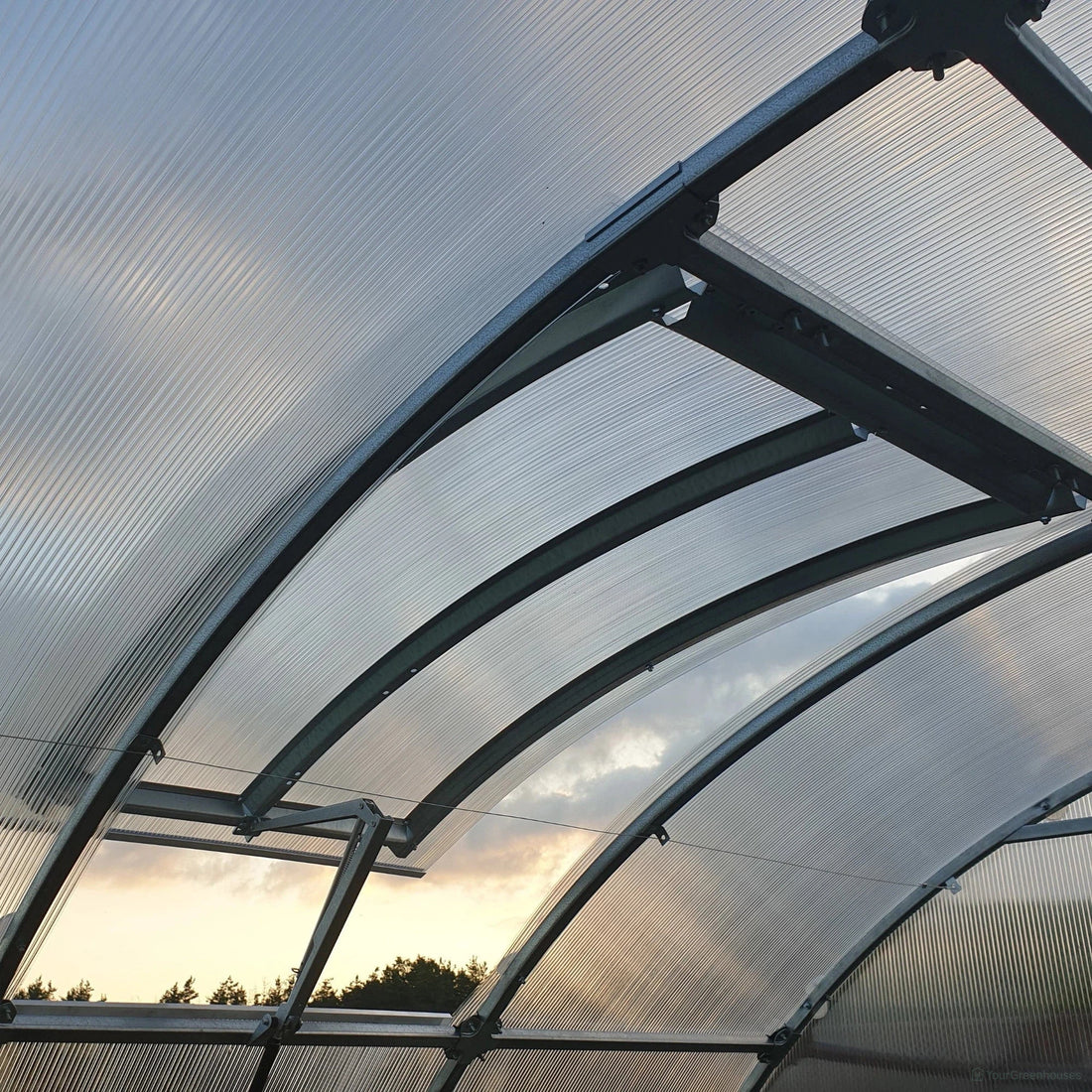The Balancing Act: Preventing Overheating in Greenhouses
As the agricultural sector continues to evolve, greenhouses have become indispensable for year-round crop production. These structures are essential for controlling environmental factors, promoting efficient plant growth, and ensuring consistent yields. However, one of the critical challenges facing greenhouse operations is the risk of overheating, which can jeopardize plant health and productivity. Understanding and mitigating the causes of excessive heat in greenhouses are crucial for maintaining an optimal growing environment.
Challenges of Overheating in Greenhouses:
- Solar Radiation: The primary function of a greenhouse is to harness sunlight for plant growth. However, during peak sunny periods, this can lead to excessive heat buildup.
- Ventilation Limitations: Inadequate ventilation can fail to expel hot air, trapping heat inside and elevating temperatures beyond the optimal range for plant growth.
- Humidity Control: High temperatures often coincide with increased humidity, which can further stress plants and lead to diseases.
Strategies for Managing Greenhouse Temperatures:
-
Shade Cloths: By blocking direct sunlight, shade cloths lower greenhouse temperatures and protect plants from UV damage. They're customizable for light levels, making them versatile for different crops.

-
Evaporative Cooling Systems: These systems cool air through water evaporation, lowering temperatures efficiently, especially in dry climates. They add beneficial humidity, enhancing plant growth.

-
Thermal Screens: Dual-purpose screens reflect sunlight to reduce heat and retain warmth at night. They evenly distribute light, improving plant growth while saving energy.

-
Ventilation System Enhancements: Upgrading ventilation improves airflow, reducing temperatures and humidity. Strategic vent placement ensures healthy plant conditions with minimal effort.

Innovative Solutions to Prevent Overheating:
Automated Environmental Controls: These sophisticated systems automatically regulate temperature, humidity, and light, ensuring optimal plant growth. Despite their complexity, their efficiency is maximized when complemented by the foundational use of air vents.
Solar Photovoltaic (PV) Panels: Besides generating renewable energy, these panels offer shade, reducing internal temperatures. Their effectiveness in sustainability is augmented when combined with straightforward ventilation methods.
Geothermal Cooling: Taps into the earth's consistent underground temperature for cooling, circulating air or water through subterranean pipes. Although efficient and sustainable, its cooling effectiveness is enhanced with basic ventilation for air distribution.
Managing heat in greenhouses is a delicate balance that requires careful planning and the implementation of appropriate technologies. By addressing the potential for overheating, greenhouse operators can protect their crops from heat stress, ensuring robust growth and high yields. The future of greenhouse farming lies in the adoption of innovative, sustainable strategies that not only prevent overheating but also enhance overall efficiency and productivity. As the industry moves forward, the focus remains on creating adaptable, resilient agricultural systems capable of thriving in the face of climatic challenges.












